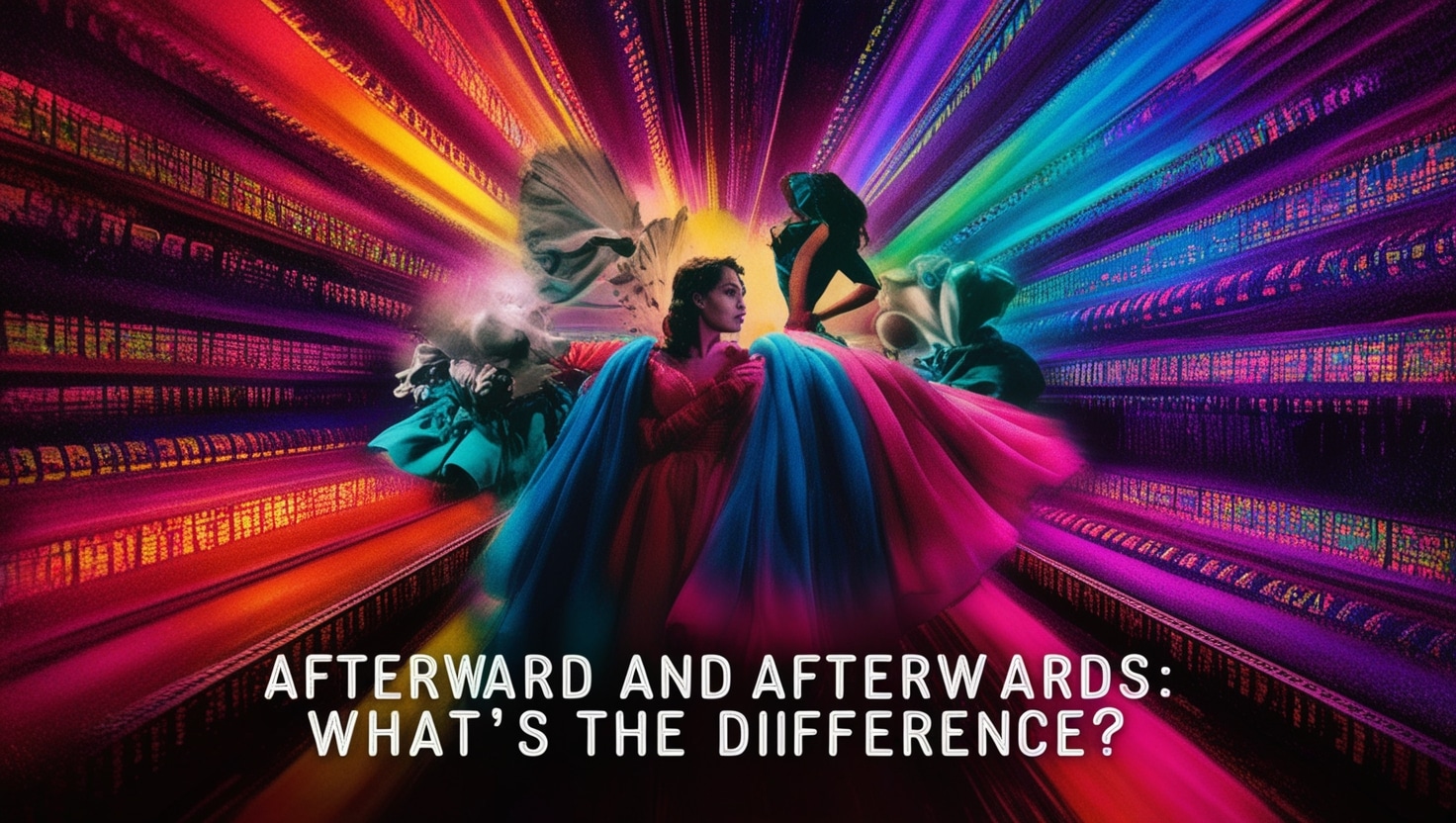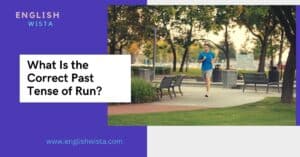Afterward and afterwards—two words that often leave you second-guessing. Have you ever paused mid-sentence, wondering which one fits best? You’re not alone! These terms seem interchangeable, but subtle differences set them apart. Understanding when and how to use each can instantly sharpen your writing and make you sound more polished.
But here’s the good news: mastering them is easier than you think! Whether you’re drafting an email, writing an essay, or simply curious about language quirks, this quick guide will clear up the confusion. Stick around, and you’ll never mix them up again!
Let’s take a closer look and clear up the mystery together!
What Do “Afterward” and “Afterwards” Mean?
Both “afterward” and “afterwards” mean the same thing: at a later time or subsequently. They’re adverbs, which means they describe when something happens.
For example:
- “We went to the park, and afterward, we had ice cream.”
- “I’ll call you afterwards to discuss the meeting.”
In both sentences, “afterward” and “afterwards” tell us what happens later.
Is There a Difference Between the Two?
Here’s the good news: there’s no real difference in meaning between “afterward” and “afterwards.” They’re interchangeable in most situations. The only difference is in their usage based on where you live.
- “Afterward” is more common in American English.
- “Afterwards” is more common in British English.
That’s it! If you’re writing for an American audience, you might want to stick with “afterward.” If you’re writing for a British audience, “afterwards” is the way to go.
Why Are There Two Versions?
The difference comes down to historical language changes. Both “afterward” and “afterwards” originated in Old English, where adding “-s” to adverbs was common. Over time, American English dropped the “-s” in many words, while British English kept it.
This is why we also see pairs like:
- “Toward” (American) vs. “Towards” (British)
- “Forward” (American) vs. “Forwards” (British)
It’s just a quirky difference between the two versions of English!
How Do You Use Them in Sentences?
Let’s look at some real-life examples to make things clearer.
Using “Afterward”:
- “She finished her homework and went to the movies afterward.”
- “The meeting ended, and afterward, everyone went for lunch.”
- “He called me afterward to apologize.”
Using “Afterwards”:
- “I’ll meet you for coffee, and we can go shopping afterwards.”
- “They had a lovely dinner and walked along the beach afterwards.”
- “He didn’t say much during the event but opened up afterwards.”
Notice how the meaning stays the same no matter which word you use.
Are Both Forms Correct?
Yes, both “afterward” and “afterwards” are correct! The choice depends on your preference and the style of English you’re using.
Here’s a tip:
- If you’re writing or speaking formally in the U.S., go with “afterward.”
- For casual or British settings, “afterwards” is perfectly fine.
What About Other Adverbs with “-ward” and “-wards”?
As we mentioned earlier, the “-ward” vs. “-wards” debate isn’t unique to “afterward” and “afterwards.” Here are a few more examples:
- “Upward” vs. “Upwards”
- “Backward” vs. “Backwards”
- “Outward” vs. “Outwards”
In each case, the rule stays the same: American English favors the version without “-s,” while British English prefers the “-s” version.
Fun Fact: The History of “Afterward”
Did you know that “afterward” has been around since the 14th century? It comes from the Old English word “æfterweard”, which means “following in time or order.” The “-ward” ending originally indicated direction or orientation, like moving “toward” something. Over time, it evolved into the adverbs we use today.
Quick Tips to Remember
- Both words mean the same thing: “at a later time.”
- American vs. British English:
- Use “afterward” in American English.
- Use “afterwards” in British English.
- Stay consistent: If you’re writing something formal, pick one version and stick with it throughout your text.
Common Questions About “Afterward” and “Afterwards”
1. Can I use “afterward” at the beginning of a sentence?
Yes, but it’s less common. Here’s an example:
- “Afterward, we decided to explore the city.”
This works, but it often sounds smoother to place it later in the sentence.
2. Is “afterwards” more formal than “afterward”?
Not really! Both can be used in formal or informal writing. It’s more about regional preference than formality.
3. Can I use “afterward” or “afterwards” interchangeably?
Absolutely! They mean the same thing, so you can swap them depending on your audience.
Practice Time: Fill in the Blanks!
Let’s test what you’ve learned. Fill in the blanks with either “afterward” or “afterwards”:
- “The movie was great, and we went out for dessert ______.”
- “I’ll clean the house now and relax ______.”
- “The speech was inspiring; everyone felt motivated ______.”
(Answers: 1. afterward/afterwards, 2. afterward/afterwards, 3. afterward/afterwards—both are correct!)
Conclusion
So, what’s the takeaway? “Afterward” and “afterwards” are two versions of the same word, with the only difference being regional preference. Whether you’re using American or British English, both forms are correct and perfectly acceptable.
The next time you’re writing or speaking, just pick the version that feels most natural—or matches your audience. And remember, it’s all about helping your readers or listeners understand your message clearly.
Now you’re ready to use “afterward” and “afterwards” like a pro. Happy writing!



